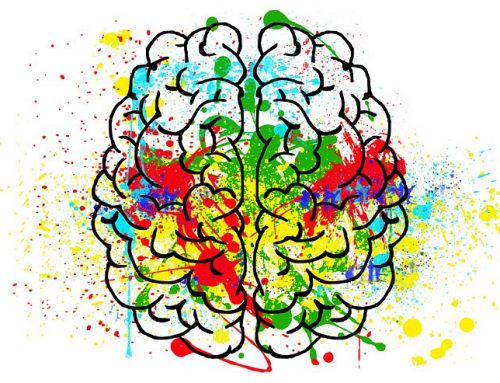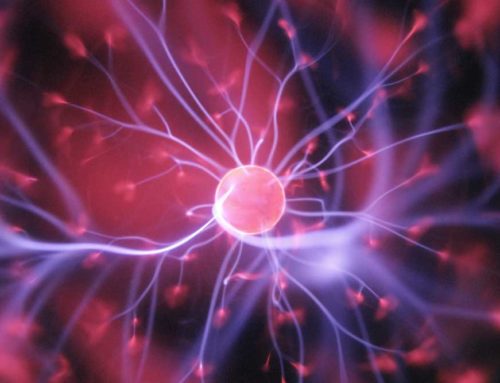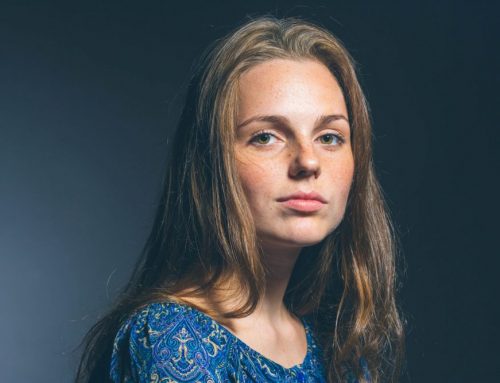Establishing the Validity of a Wearable Technology of Objective Arousal Measurements Across Development
2023 Award: $40,000
Atypical sensory reactivity is reported by parents in pre-symptomatic infants that go on to develop ASD. We propose to validate a practical, wearable technology that simultaneously measures arousal in response to well-controlled stimuli and lays the foundation for future studies measuring arousal in naturalistic contexts. The results from this study have the potential to facilitate pre-symptomatic interventions and new screening options for infants at elevated likelihood for developing autism.
Need/Problem: Autism spectrum disorder (ASD) is a neurodevelopmental disorder that affects socialization, communication, and daily living skills. Symptoms of ASD emerge gradually over the first few years of life, though the average age of a diagnosis of ASD is older than 4 years. Prior to the first symptom emergence of ASD (e.g. decreases in social motivation), infants with ASD are reported to display atypical reactivity, or arousal, to sensory stimuli (by 6 months of age), possibly indicative of awry autonomic nervous system functions that impact downstream development and learning. To date, no behavioral or physiological markers have been identified that specifically predict a later diagnosis of ASD on an individual level.
Grant Summary: We will validate a practical, wearable technology, called the biometric ocular photometer (BOP; Co-Is: Pegard & Rodriguez-Romaguera). The BOP measures multiple biometrics using established methods (oxygen saturation) in repurposed ways capturing pupillary changes as well as gaze fixation. By linking BOP output with standardly used eye tracking and physiological device output, this grant will validate the BOP as a method to gather arousal biometrics in one wearable device. This project will measure arousal in typically developing infants and adults during a well-controlled audio-visual stimuli.
Goals and Projected Outcomes: This project is a necessary first step toward several large-scale endeavors. We hypothesize that the BOP will be a valid method in which to gather multiple biometrics of arousal, providing the foundation for testing the BOP in naturalistic social situations. Ultimately, the results will support a larger study testing social arousal as an early, pre-symptomatic marker of autism. This research will pave the way for innovative early screening techniques and novel treatment targets for very early pre-symptomatic intervention.

Rebecca Grzadzinski, PhD
Grant Details: In this study, we aim to measure physiological arousal metrics using the BOP. This will be accomplished by simultaneously collecting pupillary dynamics using standard arousal measurement techniques (Tobii eye tracking system) and the BOP, during the presentation of well controlled audio-visual stimuli. We hypothesize that arousal metrics will be significantly, temporally correlated across devices.




